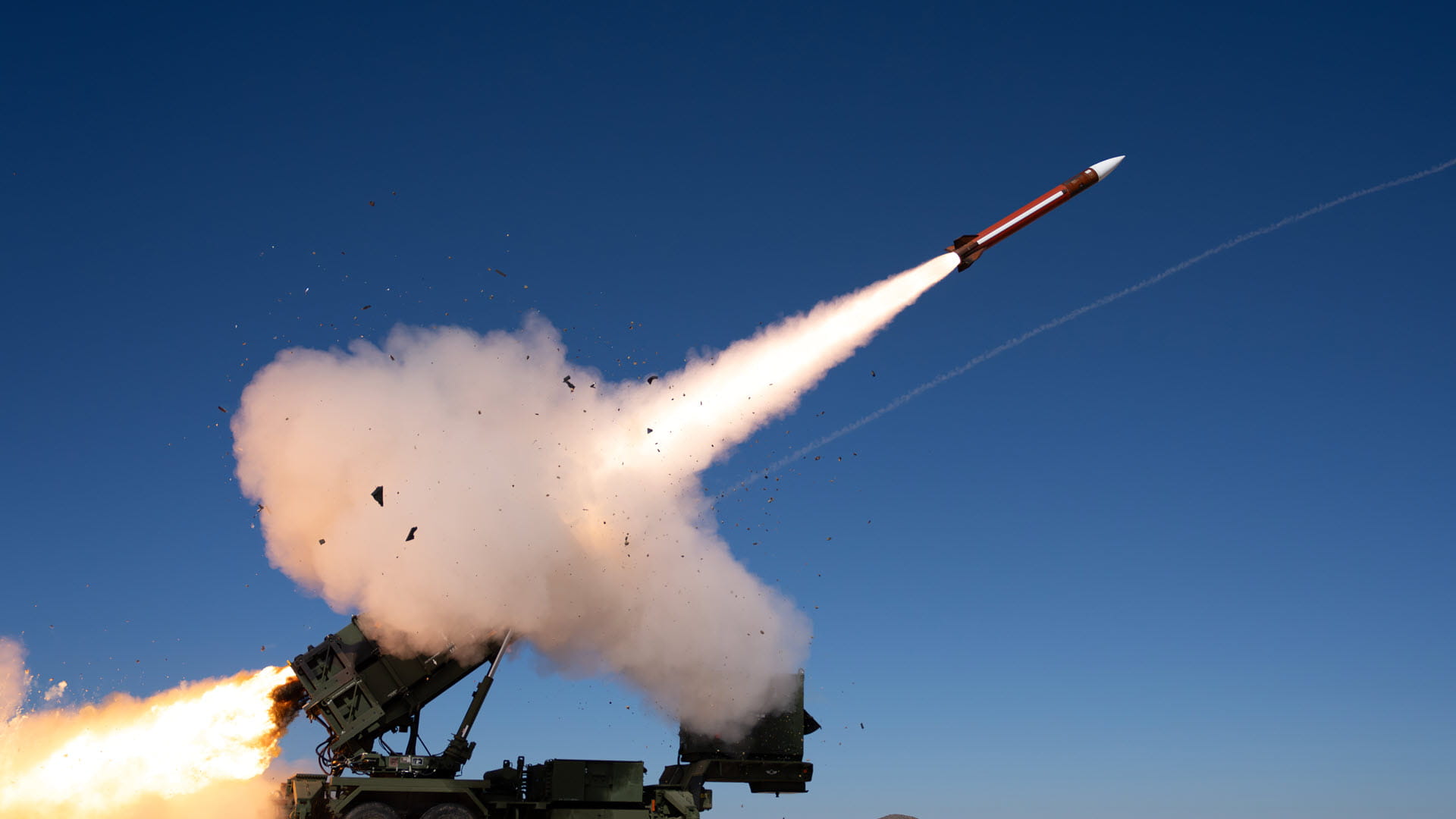'If it's too easy, you won't grow'
Career blooms for chief engineer on key business programs
Randy Huang thought he was going to be a photojournalist. He had landed some freelance work for a paper in Fairbanks, Alaska, but his career path changed when the paper’s chief photographer advised him he’d have more career options in science or engineering. It was more or less the same advice Huang’s father, a geological engineering professor, had given him.
So he enrolled at the University of California-Berkeley to study electrical engineering and graduated in December 2001.
The dot-com bubble had burst, and not much came of the 40 or so interviews he’d lined up at career fairs.
But then one did.
“I met up with a Raytheon recruiter who kept in touch with me, took all my phone calls and kept me apprised of the process,” he said.
A few months down the road, when Huang had a few job offers in hand, he remembered that recruiter’s responsiveness and took a position with what was at the time the Raytheon Company.
“I felt it’s a company that cared about its people,” he said. “And that decision really worked out.”
Huang is now 20 years into his career at what is now Raytheon Intelligence & Space, a Raytheon Technologies business, where he has served as the top engineer on several key programs.
For the past 20 years Huang has worked in El Segundo, California, at what’s now Raytheon Intelligence & Space, a Raytheon Technologies company, and he doesn’t regret choosing a calculator instead of a camera. During those two decades, he's risen through the ranks to become the top engineer on key business programs.
Launching a new career & a new life
Huang spent his first five years at the business designing and building circuit card assemblies for the Global Positioning System program. And a year after joining the business, he met his future spouse, Betty Liu.
Liu continues to work for Raytheon Intelligence & Space, where she’s a software integration lead for an F-18 fighter program. The couple have a 9-year-old son, Rylan.
“We both worked in the same building, and there were so many young people there,” Huang said. “We’d run into each other at young engineers’ events, and things just took off from there.”
Huang’s career began taking off. While working on the GPS program, he used the company’s tuition reimbursement program to earn a master’s degree. Then came an offer to develop Visible Infrared Imaging Radiometer Suite, an instrument that collects visible and infrared imagery and global observations of the Earth’s land, atmosphere, cryosphere and oceans. VIIRS is one of the primary instruments on Suomi National Polar-orbiting Partnership satellite and the Joint Polar Satellite System-1 – NOAA and NASA satellites that generate many environmental products about snow and ice cover, clouds, fog, aerosols, fire, smoke plumes, dust, vegetation health, phytoplankton abundance and chlorophyll.
The satellites help with forecasting severe weather like hurricanes, tornadoes and blizzards days in advance, and assessing environmental hazards such as droughts, forest fires, poor air quality and harmful coastal waters.
“What was so cool was my dad used to teach a remote sensing class, and they used LANDSAT to study geology without having to drill holes in the ground,” Huang said. “In a Raytheon building in Santa Barbara, where I worked on the VIIRS program for nine months, I came across an IR image taken with LANDSAT, and here I was, working on the next-generation of that type of technology. I called my dad that night, and he was excited because he didn’t know Raytheon was involved in the program. We never thought our worlds would connect since he was in geological engineering, and I was in electrical engineering. It felt great to finally have a connection with my dad in our professional worlds.”
Huang worked on VIIRS from 2007 to 2015, moving into bigger roles with greater responsibility and learning every aspect of the program – the circuit card assemblies, testing, finance, scheduling, contracts and supply chain. But his sights were set on an even bigger role: chief engineer – a bridge between technical expertise and management.
“While you have technical responsibilities of the product, you still need to be involved on the project management side,” he said. “You own the entire design.”
In 2011, he was promoted to VIIRS chief engineer, and in November of that year, the Suomi NPP took its first measurements.
Huang’s success with VIIRS led to another opportunity: work on the Next Generation Jammer – a U.S. Navy electronic warfare system that denies, disrupts and degrades adversary technology, including air-defense systems and communications. He began with that program in 2015 and became chief engineer the following year. Today he works on a proprietary space program, and he aspires to oversee a full portfolio of products.
He also mentors junior engineers, recalling how important it was to have supportive leaders throughout his own career.
“I tell people try to have a plan, think what you want to do and where you want to be in five and 10 years,” he said. “Try new things and take on new roles. If you feel too comfortable, it won’t challenge you. If it's too easy, you won’t grow.”
He still takes pictures, too, and he sometimes even processes old-fashioned film in his kitchen. And, thinking back to his early-career work on VIIRS, he can even say he helped take one of the most famous photos of Earth. NASA calls it the "Blue Marble."
“Once it went into orbit and VIIRS took the first swaths of Earth, it was awesome,” Huang said. “These were the best images that we’d ever seen of Earth – the dynamic range and color...wow! It validated all the work that we had done.”




